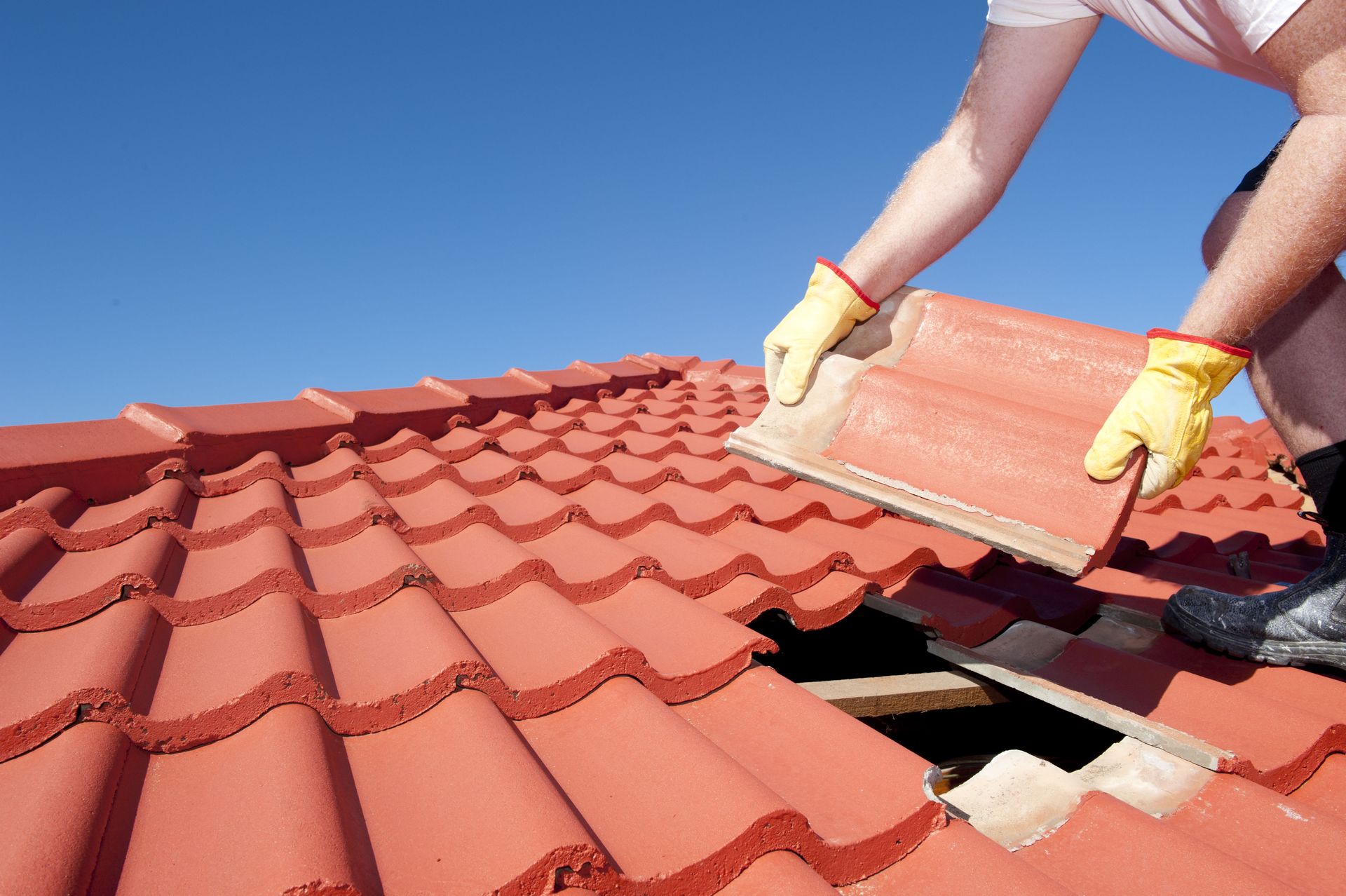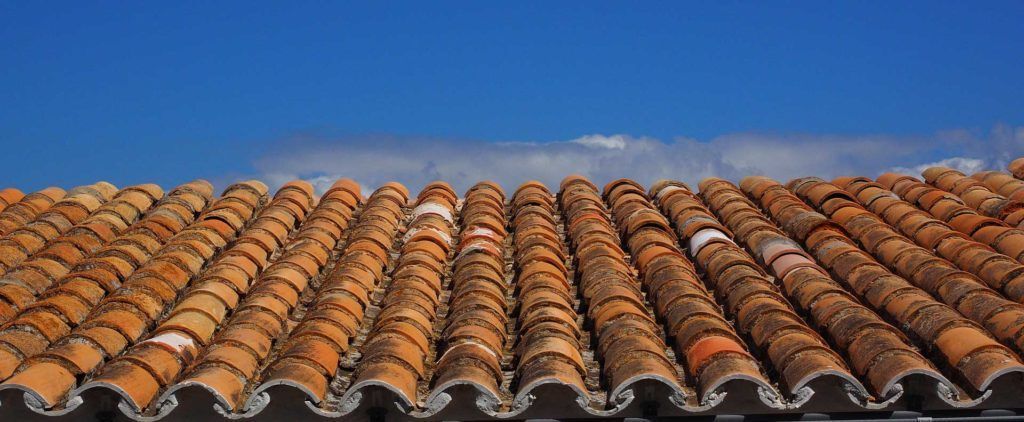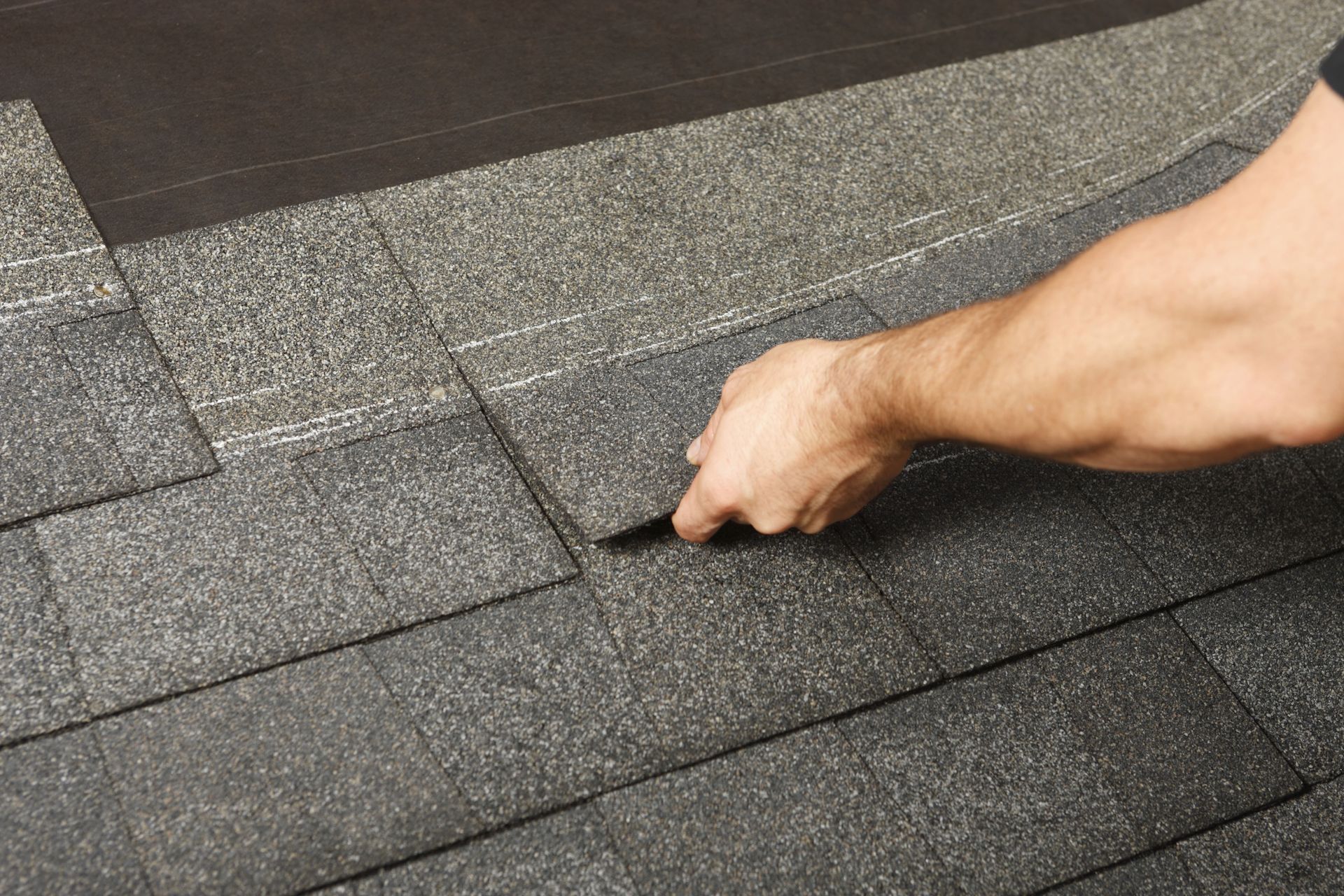Signs You Need to Call a Roofer
The integrity of your home's roof is crucial for protecting your property from the elements and maintaining its value. A compromised roof can lead to numerous issues, from increased energy bills to significant water damage. But how do you know when it's time to call in a professional roofer? This guide will help you identify the key signs that your roof may need professional attention, ensuring your home stays safe and secure.
Water Stains on Walls or Ceilings
If you've noticed water stains or discoloration on your walls or ceilings, it's a strong indication that your roof has a leak. Water intrusion can cause severe structural damage and lead to hazardous mold growth, both of which can be costly to repair. Ignoring these stains will only make the problem worse over time. A skilled roofer can inspect the source of the leak and recommend the necessary repairs to prevent further damage.
Missing or Damaged Shingles
One of the most obvious signs that your roof requires attention is missing or damaged shingles. Shingles serve as the first line of defense against rain, wind, and other elements. If they are cracked, curling, or missing entirely, your roof is at risk of leaks and further deterioration. Considering the roofing market is projected to reach $342.8 billion by 2033, according to PR Newswire, homeowners should be mindful of maintaining their roofs to avoid costly replacements down the road. A roofer can assess whether repairs are sufficient or if a full replacement is necessary.
Excess Granules in the Gutter
Asphalt shingles naturally shed granules over time, but excessive granule loss could indicate a failing roof. These granules protect the shingles from harmful UV rays, and once they wear off, your roof's lifespan is significantly shortened. If you notice a buildup of granules in your gutters, it's a sign that your shingles are deteriorating. Contacting a roofer for an inspection can help determine if your roof needs repairs or a replacement.
Sunlight Shines Through the Attic
A simple way to check your roof's condition is by inspecting your attic during the daytime. If you notice beams of light coming through, it means there are cracks or holes in your roof. These openings not only let in sunlight but also allow moisture and pests to enter, leading to further damage. A professional roofer can assess the severity of the issue and provide the necessary repairs to ensure your home remains protected.
Your Roof's Age is Showing
Roofs have a limited lifespan, with asphalt shingle roofs typically lasting around 20-25 years, in our experience. If your roof is approaching or has surpassed this age, it's time to consult a roofer. Aging roofs are more susceptible to leaks and structural weaknesses. By addressing potential issues early, you can avoid expensive emergency repairs and ensure your home remains well-protected. A professional roofer can help determine whether repairs will suffice or if it's time for a full replacement.
Unexplained Increases in Energy Bills
If you've noticed a sudden spike in your energy bills, your roof could be the culprit. Poor insulation caused by roof damage can lead to heat escaping in the winter and cool air leaking out in the summer. This forces your HVAC system to work harder, resulting in higher utility costs. A roofer can inspect your roof for any inefficiencies and suggest solutions to improve insulation and energy efficiency.
Sagging or Warped Areas
A sagging roof is a serious structural issue that requires immediate attention. This can be caused by long-term water damage, poor installation, or excessive weight from accumulated snow or debris. If you notice any areas of your roof appearing warped or dipping, call a
roofer right away. Ignoring a sagging roof can lead to dangerous collapses and costly repairs.
Recognizing the signs that your roof needs professional attention is essential for maintaining your home's safety and value. From visible damage like missing shingles to less obvious signs like granules in the gutter, these indicators should never be ignored. The projected growth of the roofing market signifies that homeowners are increasingly investing in roof maintenance to protect their properties.
If you notice any of these warning signs, don't wait until the damage worsens. Contact Raneri & Long Roofing and Solar today for a thorough inspection and expert roofing solutions. Our experienced team is ready to ensure your home stays safe, efficient, and well-protected for years to come.






Share On: